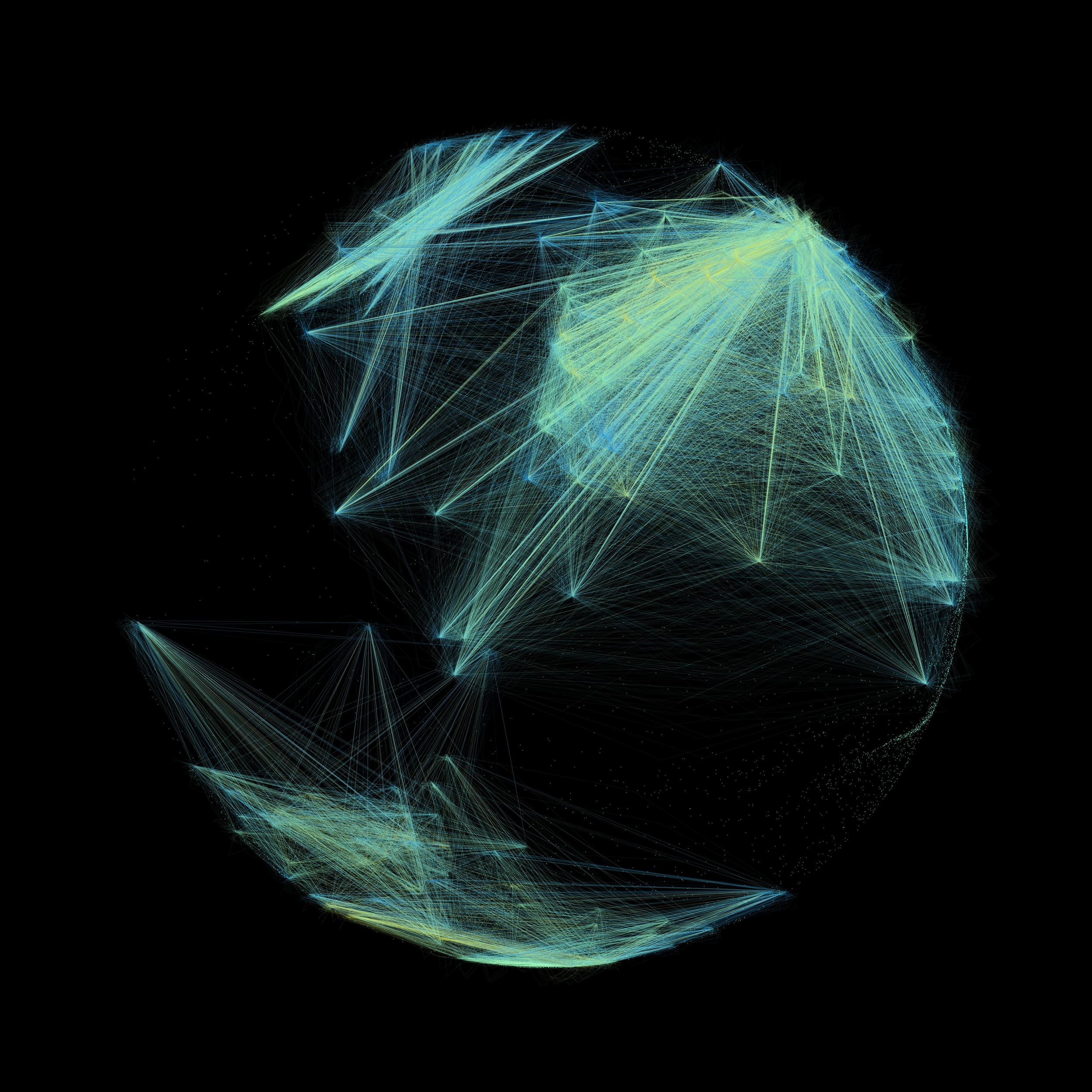AI agents, explained: Beyond automation and copilots
We’ve all seen automation make work faster and AI copilots make it easier. But the next leap is bigger: AI agents. These aren’t just smarter assistants, they’re autonomous, goal-driven entities that can take action, adapt and keep improving.

Think of it as moving from “help me type this faster” to “help me run this process end-to-end.” But AI agents don’t naturally speak the same language. You need frameworks to build them and an orchestration layer like DecidrOS to connect their work so they don’t operate as disconnected, competing bots.
What is an AI agent?
An AI agent is a goal-driven, adaptive software entity that can perceive its environment, decide what to do and act toward a defined outcome, all while learning from the results.
Unlike traditional automation, which follows fixed rules, or AI copilots, which rely on you to prompt them step by step, an AI agent has autonomy. It doesn’t just wait to be told, it can pursue a goal within the boundaries you set.
- Traditional automation: Sends a “thank you” email every time an order is placed.
- Copilot: Drafts that email when asked, but only on demand.
- AI agent: Detects a new customer segment, drafts personalised emails, schedules the best time to send and adjusts messaging based on response.
This shift from static execution to dynamic decision making is what makes AI agents so powerful…and so tricky to manage.
What is an AI agent framework?
An AI agent framework is a structured way to build, run and scale your agents. It provides the architecture and building blocks needed so you’re not reinventing the wheel and configuring everything from scratch each time.
A good AI agent framework typically includes:
- Goal definition: What the agent is trying to achieve.
- Perception: How it takes in data (APIs, sensors, user input).
- Reasoning engine: Combining models, logic and planning.
- Memory: Storing and recalling context so it’s not “stateless.”
- Action interface: The ability to trigger workflows, send emails, write to databases or call other agents.
- Feedback loop: Assessing results, learning and refining.
Examples of AI agent frameworks from the real world
- Open source: LangChain, AutoGPT and Haystack are great for experimentation and developers, but often fragile at enterprise scale.
- Enterprise grade: Closed or proprietary frameworks like Microsoft Azure AI Foundry Agent Service are designed for reliability and governance.
Frameworks are the skeleton, they give structure to the intelligence. But skeletons alone don’t build a functioning organism.
Anatomy of an AI agent
It helps to visualise an agent’s workflow:
- Input (perception): The agent takes in data, including sales numbers, user behaviour and supply chain signals.
- Processing (reasoning): LLMs combine with logic and planning algorithms to decide the next step.
- Memory: Stores key facts and previous results to stay contextually aware.
- Output (action): Triggers workflows, sends updates, makes recommendations or calls APIs.
- Feedback loop: Evaluates success and adapts.
This cycle is what turns an LLM or simple bot into an autonomous AI agent capable of dynamic decision making.
Autonomous AI agents in practice
The big appeal of autonomous AI agents is how much work they can take on. They run 24/7, handling tasks and making decisions without waiting for prompts. They don’t pause for weekends or need reminders. Once pointed at a goal, they keep going.
They’re also able to make contextual decisions. Instead of following one fixed rule, an agent can weigh multiple data points and shift its approach as conditions change, whether that’s reacting to a sudden spike in demand, a shift in customer sentiment or new regulatory rules.
Another strength is adaptability. Agents can learn from the outcomes of their actions and refine their strategy over time. That means better decisions tomorrow than today, and compounding improvements across the organisation.
But autonomy isn’t free.
Agents can hallucinate, drift from their original goals or act on outdated data. Without clear oversight, they risk creating confusion rather than clarity.
This is why governance and alignment become crucial, especially as businesses deploy more and more agents across different functions.
AI agents in business today
AI agents aren’t a future concept, they’re already transforming industries. Here are some examples of areas agents are disrupting:
- Sales: Lead nurturing agents engage prospects, update CRMs, qualify leads and schedule followups automatically.
- Marketing: Campaign agents generate and A/B test personalised content, adjust spend and report performance.
- Finance: Risk detection agents monitor transactions, flag anomalies and refine models with new patterns.
- Operations: Supply chain agents reorder inventory, reroute shipments and alert teams to disruptions.
For small businesses, these capabilities mean scaling beyond headcount. An owner-run ecommerce store can use AI agents to track stock, respond to enquiries and run targeted ads, something that used to require a whole team of specialists.
Why frameworks alone aren’t enough
Here’s the catch: building agents with frameworks like LangChain or AutoGPT can be exciting, but businesses quickly run into complexity. Each agent might work well alone, but multiple agents can:
- Pull from conflicting data sources.
- Make decisions that overlap or contradict each other.
- Create “shadow IT” i.e., hidden processes no one fully understands.
The result is brittle, fragmented systems. Without an orchestration layer, an AI agent framework is like giving every department its own robot but no way to coordinate them.
DecidrOS: Orchestrating AI agents at scale
DecidrOS isn’t just another agent framework, it’s an AI operating system, a layer that lets you manage and scale agents without chaos.
- Small, purposeful agents: Each agent is kept focused and modular, which is easier to govern and refine.
- Unified data layer: Agents share a single source of truth so they act on consistent, current information.
- Human-defined goals and values: Leadership sets the strategic direction and guardrails, agents work within them.
- Alignment and accountability: The system links every agent’s actions back to business goals and measurable outcomes.
Instead of a patchwork of bots and scripts, you get a coherent, goal-driven network of agents that businesses can actually trust and grow with.
The future of AI agents in the agentic economy
We’re at the start of the agentic economy where autonomous AI agents become the backbone of value creation. Small businesses will run like large ones, large enterprises will move with startup agility.
But the future isn’t about letting agents run wild. It’s about orchestrating them. Agent frameworks will keep evolving, but without systems like DecidrOS to connect, monitor and guide them, companies risk complexity and drift.
The winners will be those who combine autonomy with alignment, building AI organisations that are both adaptive and trustworthy.
From curiosity to capability
AI agents are the natural next step after automation and copilots. Frameworks give them form; orchestration gives them purpose.
For businesses, the journey isn’t just about learning what an AI agent is. It’s about understanding how to deploy them safely, connect them to real goals and scale without losing control.
That’s the work we’re doing with DecidrOS, turning scattered AI experiments into an aligned, measurable system. If you’re ready to move past tools and build an AI-powered business you can trust, it starts with understanding agents and giving them a home.
Explore how DecidrOS orchestrates AI agents into a single decision layer and helps you scale confidently into the agentic economy


